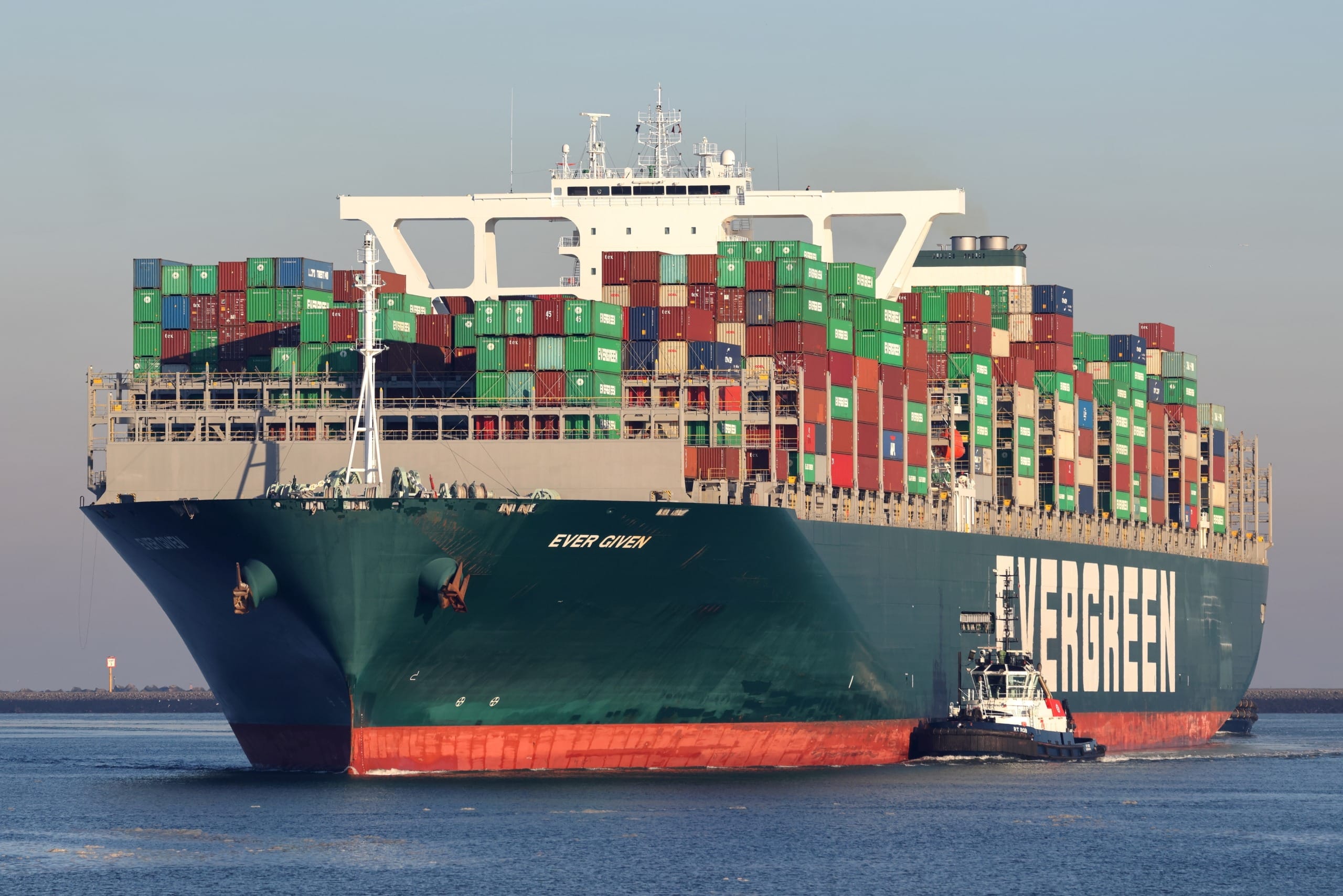Does it or doesn’t it pay?
Robert B. Aronson, Senior Editor Manufacturing Engineering
The loss of many manufacturing jobs to overseas sources or “offshoring,” is a serious concern and the subject of a lot of debate. Statistics and reports are available supporting both the positive and negative aspects of this event. They range from concluding, “US manufacturing is about to die,” to “No problem, nothing to worry about.”
Much data on offshoring is subject to question because of the variety of ways many sources, including the Federal government, report data. For example one company may report product manufactured domestically and overseas together. Others report them separately. But unquestionably, US jobs are being lost. In addition to offshoring being added to our new buzzwords, so has the word “deployees.” It indicates those who have lost jobs or business because of offshoring.
The offshoring situation is not a case of deciding if you will or won’t be involved. The issue is how much it will influence your work and what you can do about it.
Offshoring may not last forever. Offshoring will be with us for the foreseeable future. But, there are indications it will not be as pervasive as it is today.
The middle class in advanced Asian countries, particularly China and India, is growing. Workers demand higher wages and more of the population is becoming a market for their own country’s products, thus reducing the drive to export.
There is also evidence that Asian countries are becoming more willing to carry out reforms, such as protecting intellectual property, and honoring patents. Such moves take away some of the negative factors of offshoring.
Stories of quality problems with overseas suppliers are common. But the recent problems with lead in paint and hazardous materials in imported grain and pet food have done a lot to shake confidence in Chinese products in general.
It also caused the Chinese government to change, or at least report they are changing, quality-control regulations. They have also executed a few officials reportedly to blame for the problems.
For those faced with an immediate decision as to whether or not to try offshoring, and if so, how deeply, here are some comments by those who have been involved with this situation.
One of the first suggestions given to manufacturers who want to avoid an offshore arrangement is to evaluate their own operations to determine what can be done to reduce production costs. And this means all costs. Many companies make decisions on a limited number of cost factors, chiefly machine operation and associated labor. More accurate evaluations look at costs from the time the raw material comes in until it’s shipped, plus any support or warranty action that might be required.
Among the more prominent techniques for cutting at-home manufacturing costs is the Design for Manufacture and Assembly (DFMA) software developed by Boothroyd and Dewhurst (Wakefield, RI). It is software that combines Design for Assembly (DFA) and Design for Manufacture (DFM) programs. DFA software reduces part complexity by consolidating parts into multifunctional designs. DFM helps identify parts that can be improved and indicates what the cost of the new part might be. The result is a design that can be optimized while the product is being developed. DFMA therefore provides a way to evaluate and understand the cost effects of design decisions. The result can be a lower-cost product.
Many companies neglect to take advantage of the latest technology, so production techniques and equipment becomes dated. Or, cost-saving opportunities are ignored in the rush to meet immediate needs. A minimal change in equipment or process often can significantly lower costs.
One option to the yes or no offshore question is a partial yes. Some companies, after a thorough evaluation of their production costs, decide to offshore only those parts where there are significant data supporting the change.
Companies such as BaySource (Tampa, FL) www.baysourceglobal.com specialize in this work, chiefly with small and midsize companies who want to get work done in China.
“We have saved a number of companies from going out of business by arranging for them to have only those parts they cannot make economically go overseas,” says company president David Alexander. It is chiefly those that require a lot of low-talent labor.
Setting up any offshoring is safer with competent help. Team 2000 (Austin, TX) is a training and consulting organization that specializes in dealing with India. Company President Rai Chowhary admits, “Offshoring decisions are a real minefield, particularly because there are no hard and fast rules. Every situation is very product and process specific.”
It is not just the small companies that have trouble. “Many US manufacturers have been swept into offshoring in the lemming-like rush to cut labor costs, andthe herd mentality that anything made offshore will be very beneficial,” says Chowhary. “Often, in a short time, they find there are problems they had not counted on.”
For example, there is the case of a large manufacturer who committed to a long-term agreement for a major number of parts with an offshore supplier, without thorough investigation. When the overseas-made parts started showing up, it was found they needed a lot of rework before they were in a usable condition. As a result, special repair shops had to be set up in the US to rework the parts. The parts kept coming because of commitments made earlier and so did the rework costs.
“This does not mean it can’t, or shouldn’t, be done,” says Chowhary, “But it has to be done carefully with the guidance of someone who knows the capabilities of the foreign suppliers as well as the real needs of the US manufacturer. I have advised many of my clients not to go overseas because their particular needs could not be met overseas at a cost advantage to them.”
False assumptions are a frequent cause of offshoring problems. A survey sponsored by technology providers E2open (Redwood City, CA) and Manugistics Group (Rockville, MD), found that many companies that had elected to offshore have unexpected logistics costs as well as erratic delivery times. The report concludes: “If you just do it based on pricing negotiations and have not thought through the logistics of delivery, assurance of supply, flexibility of supply, and quality, your total cost very quickly outweighs the price savings you made in the negotiations up front.” The report also notes that, too often, companies look at the current design of a product and naturally, but mistakenly, assume that its redesigned predecessor will cost the same amount to produce.
Properly managed, offshoring can be a profitable move. As Gisbert Ledvon of Charmilles (Lincolnshire, IL) notes, “To remain competitive you have to recognize you are operating in a global environment.” He suggests those considering such a move stay with parts that need a high degree of low-skilled labor such as simple drilling, punching, or bending processes.
“Another area where overseas help may be beneficial is start up cost,” Ledvon comments. “For example, if someone needs a complex die that requires a lot of hand polishing, that might best be done overseas.”
Ledvon also notes now this might be a good time to reverse offshoring to some degree. The US dollar might make US goods more attractive to overseas buyers.

Both good and bad results from offshoring are reported by Mike Rickabaugh, president of Livonia Tool and Laser (Livonia, MI). In one case his company, which specializes in laser cutting and steel stamping, benefited from low-quality Chinese work.
On a contract for metal stampings used for industrial shipping containers, a company had to quickly fill an order. It was placed with a Chinese manufacturer. The Chinese ignored the spec to make caster holes in the braces. Casters are critical to this type of container, so the container maker had to quickly farm out all the Chinese parts to have them reworked so he could meet a contract obligation. As a result, Rickabaugh gained a customer.
And it isn’t just toys that the Chinese have painted improperly. “We know of other contracts with the Chinese that were cancelled when the buyer, warned by the toy-painting scandal, found his Chinese-manufactured products tested high for lead content,” says Rickabaugh. “Several US manufacturers that discovered the same problem now specify American production only.
“You don’t always know why the Chinese beat you out on price,” Rickenbaugh explains. “It’s strange, but we have found that the more weight a product has the tougher it is to beat the Chinese price.” For example, his company makes two brackets used for container bracing. “One part’s weight was just one pound, and we beat the price on that easily. But the Chinese, making a second part weighing two pounds, using the same processes with comparable machines, were cheaper. Possibly it’s an issue with shipping costs or the raw material,” he observes.
Vicount Industries (Farmington Hills, MI), is a contract manufacturer with about 25 employees that has been in business for over 30 years. About 90% of their customers are in the auto market, and much of their work involves the manufacture of stamping dies.
The company uses advanced processes, such as laser scanning and 3-D modeling, to establish designs and evaluate manufacturing processes.
“About four years ago, we began looking at some help from overseas suppliers,” says company president Leonard Lavoy. “On our own we began a dialogue with some Indian companies. We now have a supplier producing low-tech parts for us. These parts require a significant amount of labor because of set up and handling. So far that has worked out well.”
Currently, Lavoy is working through a broker to evaluate some Chinese suppliers.
“Overall, our experience has been on the positive side. We did not lose any workers. In fact, offshoring allowed personnel and machine time to handle more detailed work.
“I would caution any shop considering using an overseas supplier to be sure of their capabilities before you jump in. I find the work quality from India and China below what I would expect from a US company. You have to be as certain as possible that they can do what you expect them to do,” he concludes.
It’s not practical to make all products or parts offshore. According to a recent Boothroyd and Dewhurst report, the “don’t try it” list includes products that:
- Need some highly automated process,
- Have a weight or size that incur high shipping or air-freight charges,
- Require scheduling flexibility,
- Require engineering and design changes to ensure quality, and
- Have intellectual rights and/or patents that may be copied and marketed less expensively.
What the CFOs Think
A survey of CFOs and senior financial executives by Alix Partners LLP (Southfield, MI), a global restructuring, consulting, restructuring, and financial advisory services firm, gives both positive and negative views on offshoring. They looked at selling and general administrative trends at 35 blue-chip North American companies and divisions. Their survey found:
- Outsourcing projects were already under way at 55% of the respondents.
- Within the next two years 74% reported either continued or planned outsourcing.
- The hoped-for cost savings of 15%, or expected operational improvement such as enhanced flexibility and access to best practices, was not enjoyed by 60%.
- Expertise and stability of the overseas supplier was most important for 48% of those surveyed.
- Reduced cost was the key factor for 31%.
- Outsourcing projects were considered less than fully effective by 38% of midsize companies, and 15% reported being worse off.
- Among companies taking six months or more to implement their outsourcing programs, 40% realized savings only after two years or more, while 20% realized no savings at all. But, all companies that carried out their implementations in six months or less realized their expected savings.
The survey also found that the top two reasons for not outsourcing SG&A functions are reluctance to count on overseas suppliers for highly critical parts or products and the perceived risk of losing confidential information.
Alix Partners analysts concluded that companies don’t look ‘inward’ enough, to adequately prepare for all that successful outsourcing demands inside their own companies. Internal resource issues placed well above poor vendor performance, when it came to major problems with outsourcing. “The overriding reason companies aren’t getting the returns they want,” said Neal Ganguli, co-leader of the survey and a director at AlixPartners, “is they don’t … adequately prepare themselves for all that successful outsourcing demands inside their own organizations.”
An executive summary of the survey is available at nganguli@alixpartners.com.
Here’s What You Need to Know
Here, a sampling of the questions taken from an 80-question survey developed by Team 2000. It is suggested you know the answers before committing to any offshoring deal.
- What is driving you to outsource: Because others are doing it? Cost, quality?
- If you are outsourcing to save cost, how long is your planning horizon?
- Do you have a cost-benefit analysis for the short and long term? What does this analysis include?
- How will you deal with rejects and rework? Where will this work be carried out? At whose expense? Is that specified in your contract?
- What about delays? What assurance do you have on delivery time?
- What do you know about the suppliers and their capabilities? What is the source of your information?
- How will your product be packaged to prevent damage or pilferage during shipping?
- Is your staff conversant with the culture in which the supplier is located? Can they accurately pick up the true meaning of what is said? For example, what does the potential supplier mean by “soon,” “accuracy,” or “best possible?”
- How much does the supplier know about the ultimate use or function of your product? And, how do you know that your supplier understands this?



Follow Us